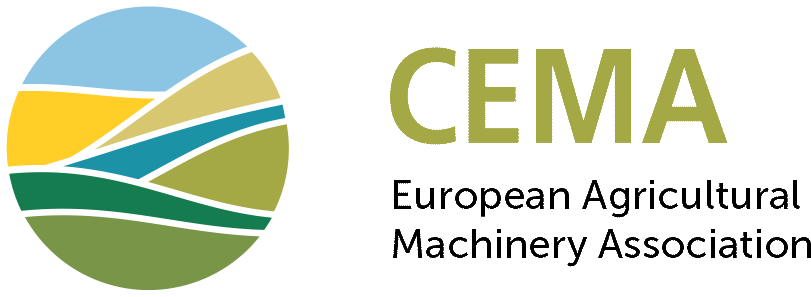Self-propelled agricultural machinery such as self-propelled sprayers or combine harvesters needs to meet technical requirements before they are allowed to go on the road.
***
Self-propelled agricultural machinery such as self-propelled sprayers or combine harvesters needs to meet technical requirements before they are allowed to go on the road. In the internal market, each Member State in Europe is entitled to define their own rules to ensure an appropriate level of safety for mobile machines circulating on public roads.
CEMA together with other European industries producing self-propelled machinery CECE (construction equipment), EGMF (garden equipment), EUnited Municipal Equipment and FEM (material handling equipment) have since over 20 years been asking to the European Commission for harmonization and simplification of road circulation technical rules at EU level.
Why a common Regulation will be beneficial for manufacturers and for road-safety?
- No need for duplication/additional tests and/or documentation when putting machines on the market in several EU countries
- Reduction of costs for the manufacturers due to the reduction of tests and in terms of administration
- Lowering the barriers to access other EU markets with low quantities of machines
- Offering the customers a greater range of products to choose from.
- Reduction of market delays that translate into lost revenue for the companies
- reducing cost down the supply chain, e.g. by not having to add special kits for lighting and signaling, reverting as a burden for end-users
- introducing state of the art technical requirements in countries where it is not currently the case.
Even with the internal market, each Member State in Europe is still entitled to define their own rules to ensure an appropriate level of safety for mobile machines circulating on public roads.
First steps towards a joint EU proposal
Last December 2019 the European Commission published a Cost-benefit analysis study for an impact assessment on road circulation of non-road mobile machinery.
This study provided the evidence base for identifying the best policy option, with the largest long-term net benefit for society, including the affected economic operators and EU citizens in all the EU Member States.
And the main conclusion was…that harmonized legislation will reduce technical barriers and sets a level playing field for road safety
The analysis showed that the introduction of harmonized legislation would reduce the costs of compliance by around 1/5th. Hence, a significant cost saving could be achieved thanks to a joint EU action. Overall, the industry could save from 18% to 22% of their compliance costs, which roughly translates into EUR1 to 1.3 billion over a ten-year period.
And in terms of the most beneficial policy option...
The cost-benefit analysis suggested that the most beneficial policy option is the Hybrid Approach, being a combination of type approval and self-certification. Potentially, these new systems would respectively save around EUR 1 281 million for all the EU mobile machinery stakeholders combined.
Next steps
The European Commission is planning to organize in 2020 several workshops to discuss with the Member States, industry and other stakeholders, both the regulatory framework and the technical requirements.
The intent is still to land mid-2021 with a Commission proposal.
CEMA will continue working constructively with Commission and the Member States to achieve the best possible result for industry and machine users and is future proof and not restricting the freedom to innovate.








